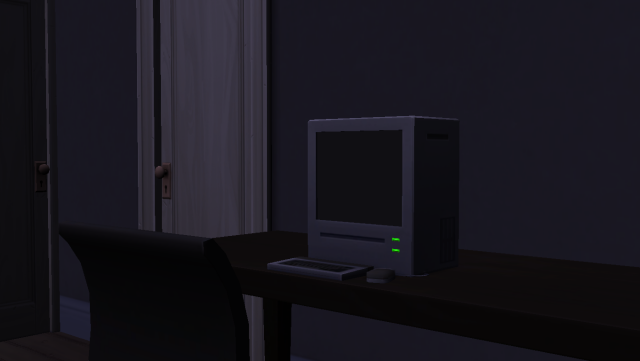Download links for: The Joy of x: A Guided Tour of Math, from One to Infinity


Reviews (see all)
Write review
Lots of interesting tidbits about math and every day life, but it did feel a bit disjointed.
A quick fly over a bunch of mathematical concepts. Light and entertaining.
A Fascinating journey through a number of mathematical curiosities.
Didn't finish. Was OK
Way too short.
Other books by History & Biography
Other books by Steven H. Strogatz
Related articles













